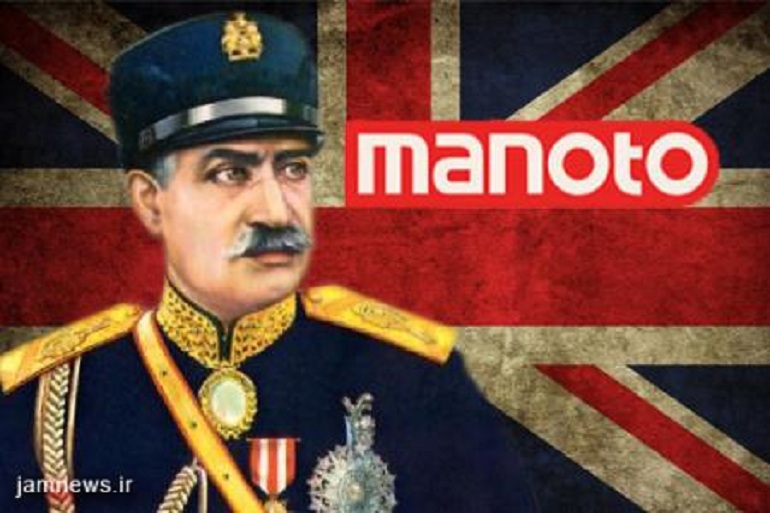One of the filthiest plots of the enemies of Islam in the contemporary era was banning of hijab. Coming to power backed by Britain and through the Coup of 21 February 1921, Reza Khan was after de- Islamization in the society and replacing it with Liberal values. A major manifestation of the plot was banning of hijab.

One of the filthiest plots of the enemies of Islam in the contemporary era was banning of hijab. Coming to power backed by Britain and through the Coup of 21 February 1921, Reza Khan was after de- Islamization in the society and replacing it with Liberal values. A major manifestation of the plot was banning of hijab. To pave the way for the plan, the Majlis enacted a law on 27 December 1928 on uniformity of clothing whereby men were obligated to wear suit, necktie and chapeau.
Reza Khan’s efforts caused some western struck women, especially the courtiers, to appear in public unveiled or improperly veiled, while people did not react against for fear of Reza Khan’s oppression and repression. In 1934 Reza Khan visited Turkey and became highly influenced by changes that Turkish secular regime led by Mustafa Kemal Ata Turk had implemented in Muslim society of Turkey, and so was more determined in his de-Islamization policies, particularly banning of hijab. During inauguration of University of Tehran in 1935, the girls were ordered to attend and study unveiled. Such proceedings provoked negative reaction of people and clerics which savage massacre of innocent people during bloody tragedy of Goharshad Mosque was only an example.
Six months later and on 6 January 1936, Reza Khan formally announced a ban on the hijab during a commencement ceremony for female in Tehran, arranged by Ali Asghar Hekmat, the famous Freemason and the then Minister of Education, in which he had participated in consort with his unveiled wife and daughters, heedless of people’s and clerics’ opposition, and a dark era for Iranian women began. To enforce the law, Reza Khan’s hirelings patrolled the streets and alleys and upon encountering a veiled woman, forcibly removed her headscarf and veil. Men also were forced to take their wives unveiled to streets and parties.{1}
Footnote:
1. Historical Studies, Institute of Political Studies and Researches, vol. 3, p. 220.
Source: www.irdc.ir/



